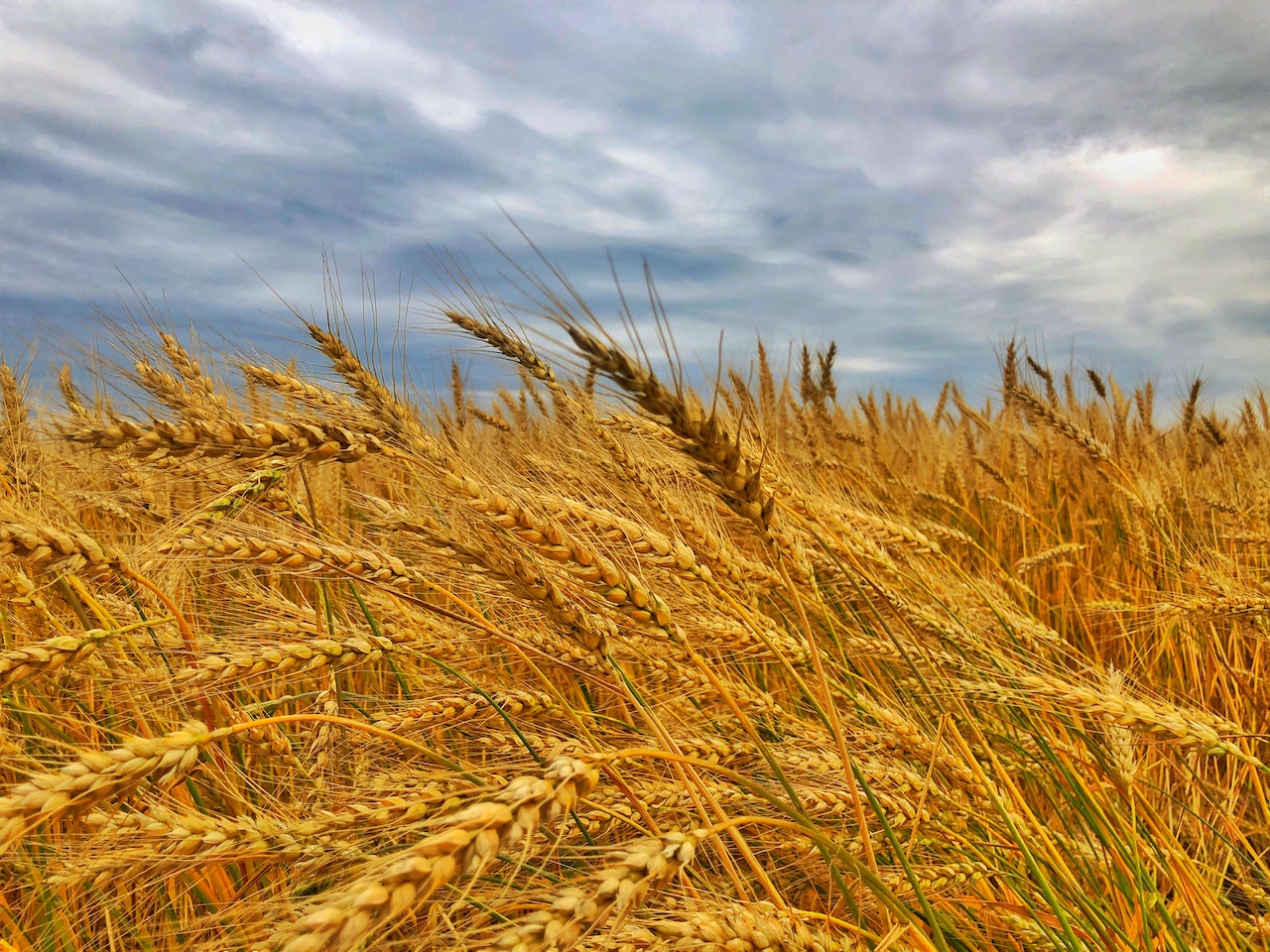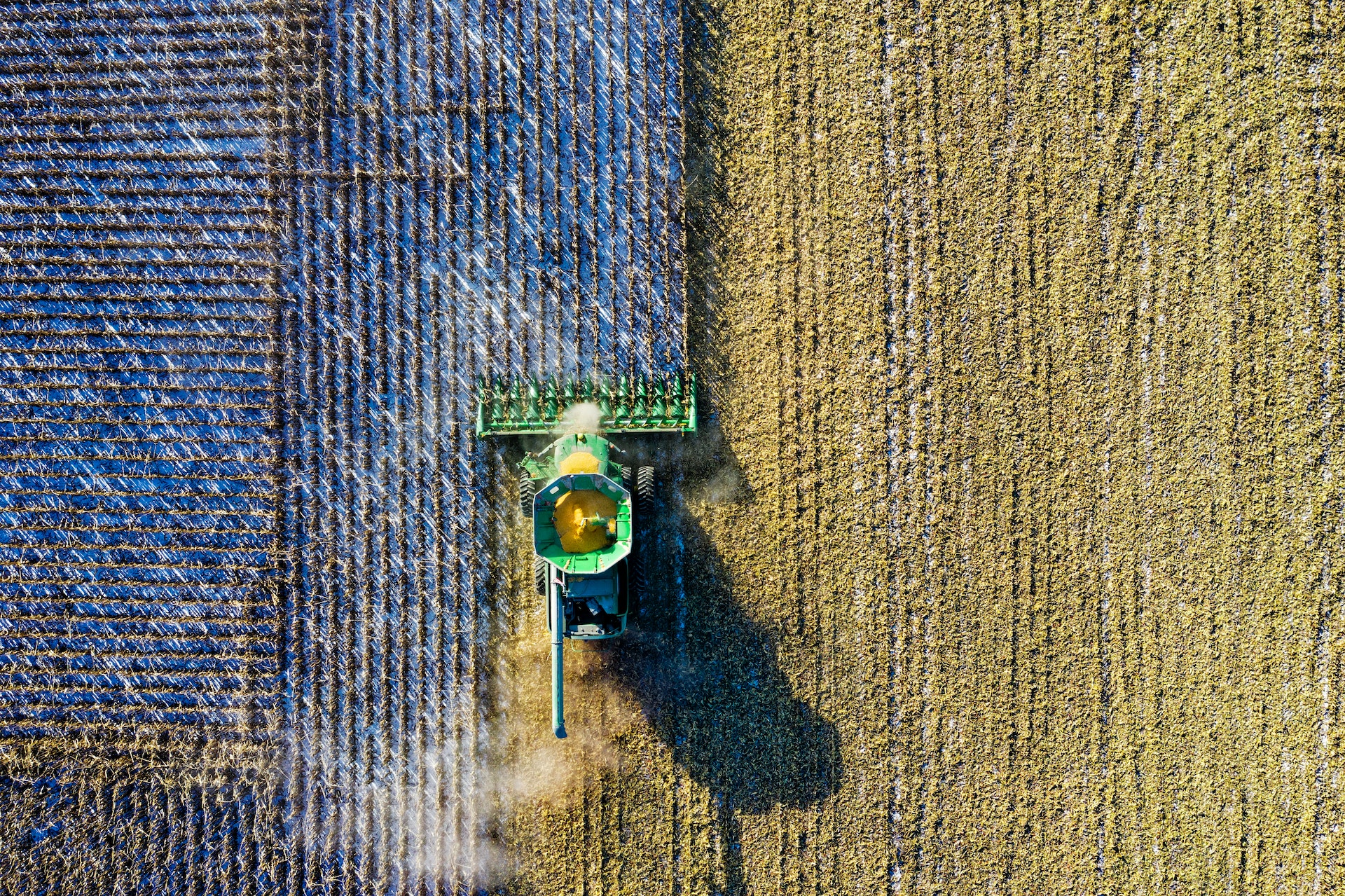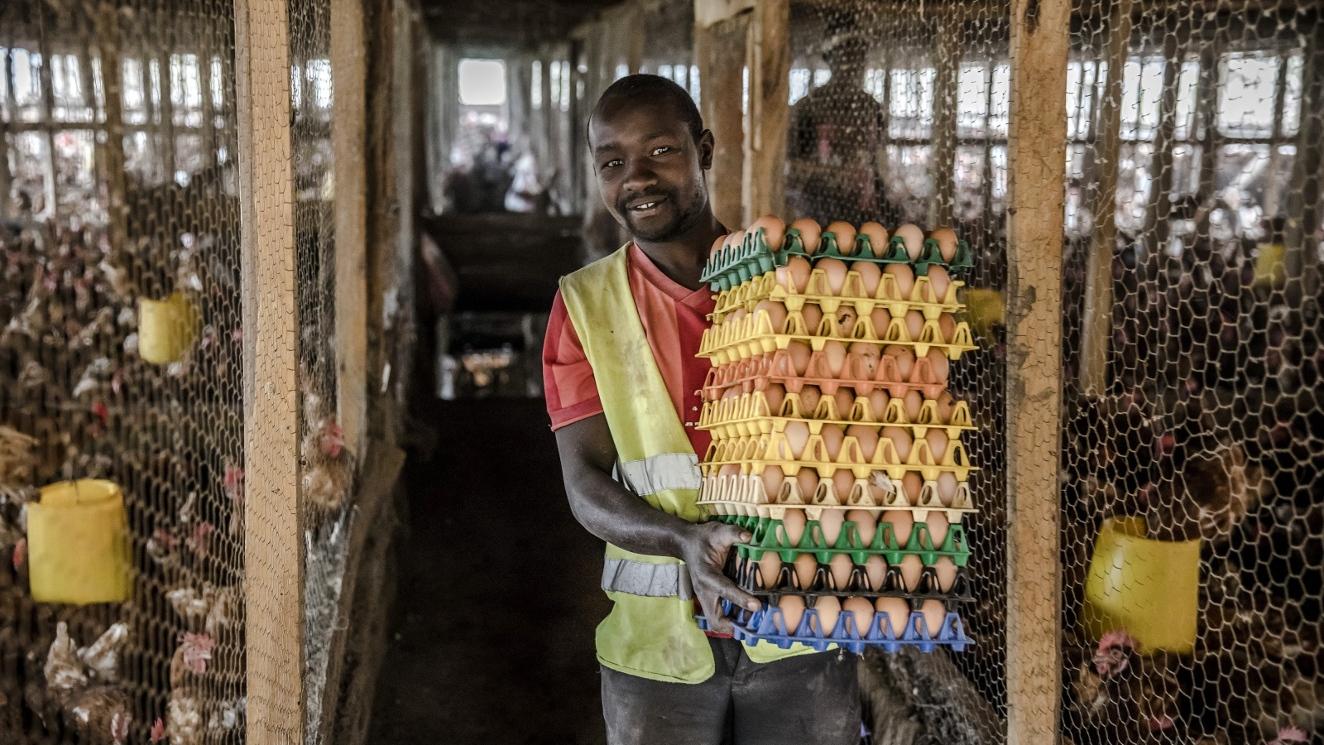Food security in Africa is expected to get worse in the coming years. It is therefore vital to boost regional trade in agricultural products to help elevate need and build resilience into local economies, writes Vinaye Ancharaz.
Despite numerous efforts, food production is not growing at the required rate to meet increased demand. This is putting millions of people at risk of food insecurity and the situation is only expected to get worst. Agriculture is a vital part of African economies, and the continent has huge untapped resources in this sector. Increasing regional trade in foodstuffs can help farmers reach a larger market and diversify diets and supply chains in the face of the increased threat to harvest from climate change.
By any measure of food security, Africa is the most insecure region in the world. According to data from the Food and Agriculture Organization of the United Nations, 58 per cent of the continent’s population was in a situation of moderate or severe food insecurity in 2021 – a share that has been on an upward trend since 2014.
The COVID-19 pandemic made things worse: it pushed an estimated 55 million Africans into poverty and 46 million into hunger. Climate change will further accentuate food insecurity in Africa, which, the evidence shows, will be among the hardest-hit regions of the world. Extreme weather events, rising sea levels and changes in the incidence of pests (such as the recent locust invasion in East Africa) will reduce agricultural productivity across the continent.
African agriculture is particularly vulnerable to climate change since it is largely rain-fed and under-developed, while agricultural producers are geographically dispersed smallholders lacking resources, infrastructure, and information. By 2050, simulations suggest that cereal production in sub-Saharan Africa will be 5 per cent lower than without climate change. Losses will vary across crops and regions, with yields declining by as much as 22 per cent for maize.
The food security equation
The two key determinants of food security are production and net imports. The World Trade Organisation (WTO) classifies 42 African countries as net food importers. The list includes all of Africa’s 33 least-developed countries, as well as middle-income countries such as Cote d’Ivoire, Egypt, and Kenya – countries known to be among the continent’s largest agricultural producers. Africa’s food import bill hit US$ 85 billion in 2021 and is expected to surpass US$ 110 billion by 2025.
That Africa, home to 60 per cent of the world’s unexploited cultivable land, has become such a major net importer of food is puzzling yet understandable. Food production is not keeping up with demand from Africa’s population growth. Sub-Saharan Africa’s population is currently growing at 2.5 per cent a year, more than three times the global average, while farm productivity is lagging.
The policy response
Africa’s sluggish agricultural growth is not new. The African Union adopted the Comprehensive Africa Agriculture Development Programme (CAADP) in 2003 with the goal of boosting productivity by 6 per cent a year. In part by encouraging African governments to spend 10 per cent of their annual budgets on agriculture.
Assessments of CAADP suggest that its impact has been limited. For example, while public agricultural expenditure across Africa has nearly doubled since its launch, no country has achieved the 10 per cent public budget target. Nor has any country managed to increase agricultural output by 6 per cent a year.
A review of the subsequent Malabo Declaration (which sought to revitalise the ideas of CAADP) showed that of 51 countries only Rwanda was “on track” to meet the Malabo goals and targets by 2025. Only four countries – Egypt, Eswatini, Seychelles, and Zambia – invested at least 10 per cent of their national budget on agriculture.
If the CAADP National Agriculture Investment Plans were adequately implemented, they would contribute significantly to the UN’s Sustainable Development Goals, including the eradication of hunger, and boosting resilience to climate change.
Although neither document has had the direct policy goals they set out to achieve, both the CAADP and the Malabo Declaration have raised awareness about African agriculture’s unexploited potential and led many countries to at least begin to prioritise agriculture and food security in their development plans.
Regional trade in food
Africa is notorious for its dismally low share of intra-regional trade, averaging 15.8 per cent of total trade between 2017-2021. The corresponding share of intra-African exports of basic food is higher at 26.5 per cent, but that figure pales in comparison to that of other regions. For example, in Southeast Asia, that figure is 46 per cent. If Africa can boost intra-African trade, it would go a long way to boost food security.
East Africa specialises in food crops like beans, vegetables, and pulses. West Africa is particularly suitable for producing millet, rice, and fish. The southern African region (dominated by South Africa) is best known for maize, wheat, and soybeans. While North Africa is a major producer of beans, citrus fruit, and poultry. If this can be traded across the continent, it will create a more resilient food network.
The promise of the African Continental FTA
There are good reasons to believe that the African Continental Free Trade Area (AfCFTA) which began on January 1, 2021, can significantly increase food trade between African countries and strengthen food security on the continent. Abebe Haile-Gabriel, the Deputy Director-General and Regional Representative for Africa for the UN Food and Agriculture Organization said: “It is in agriculture that the AfCFTA’s aspirations can be realised.”
Tariff cuts under the AfCFTA could spur agricultural trade more than non-agricultural trade because the tariffs on these products are currently higher: tariffs on agricultural goods average 19.6 per cent compared to 8.3 per cent on non-agricultural products.
To the extent that non-tariff barriers, such as rules of origin and sanitary and phytosanitary measures, are less stringent under the AfCFTA than under EU or US trade agreements, the AfCFTA could induce a shift of trade homewards. This would further increase intra-African trade, including in food, and therefore enhance regional food security. AfCFTA negotiators should keep this point in mind as they work to finalise rules on origin, stringent rules increase the bureaucracy of exports and therefore can act as a barrier to trade with negative implications for food security across the continent.
The AfCFTA could spur the development of regional food value chains and reinforce trade among African economies. These benefits, however, will not be automatic. They require a concerted effort from African governments to support regional supply chains and local processing as well as complementary policies (such as trade remedies, adjustment assistance to vulnerable groups, and trade facilitation measures) that mitigate any adverse effects of the AfCFTA while maximizing its potential gains. If they can pull off that balancing act, the associated increase in intra-African trade in food will help to increase food security for millions of people across the continent at a time when it is needed most.
Photo credit: Luigi Guarino used under license CC BY 2.0





